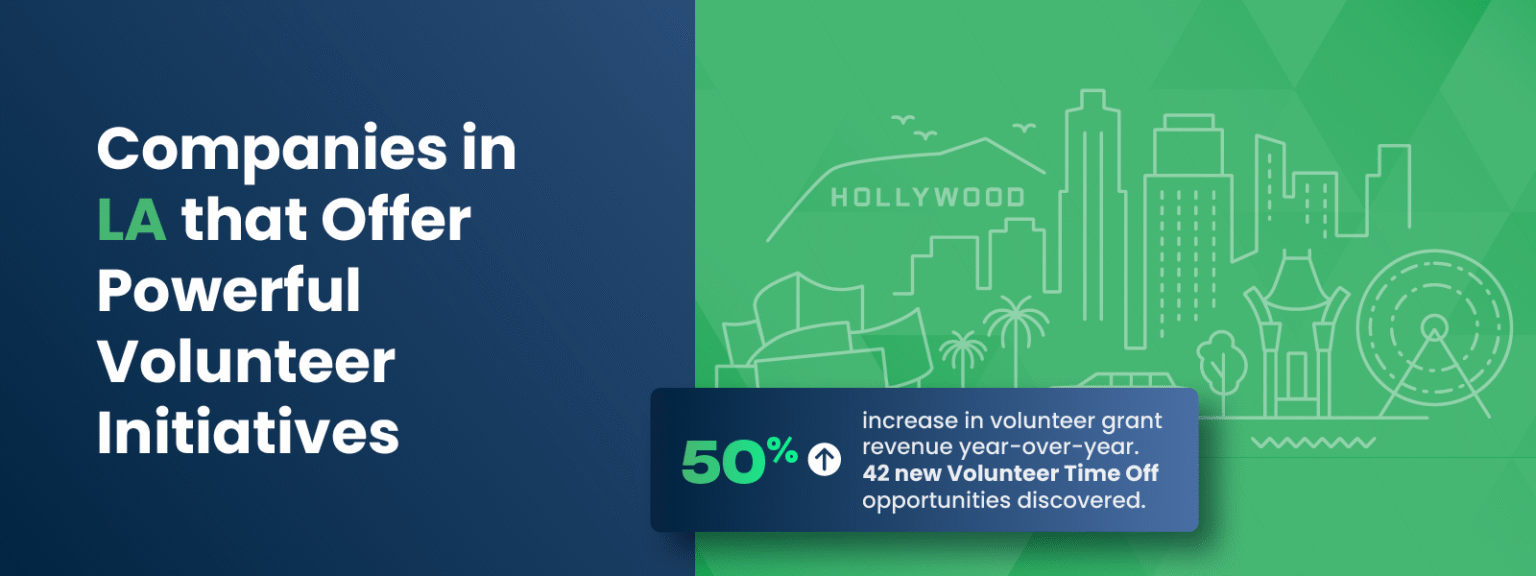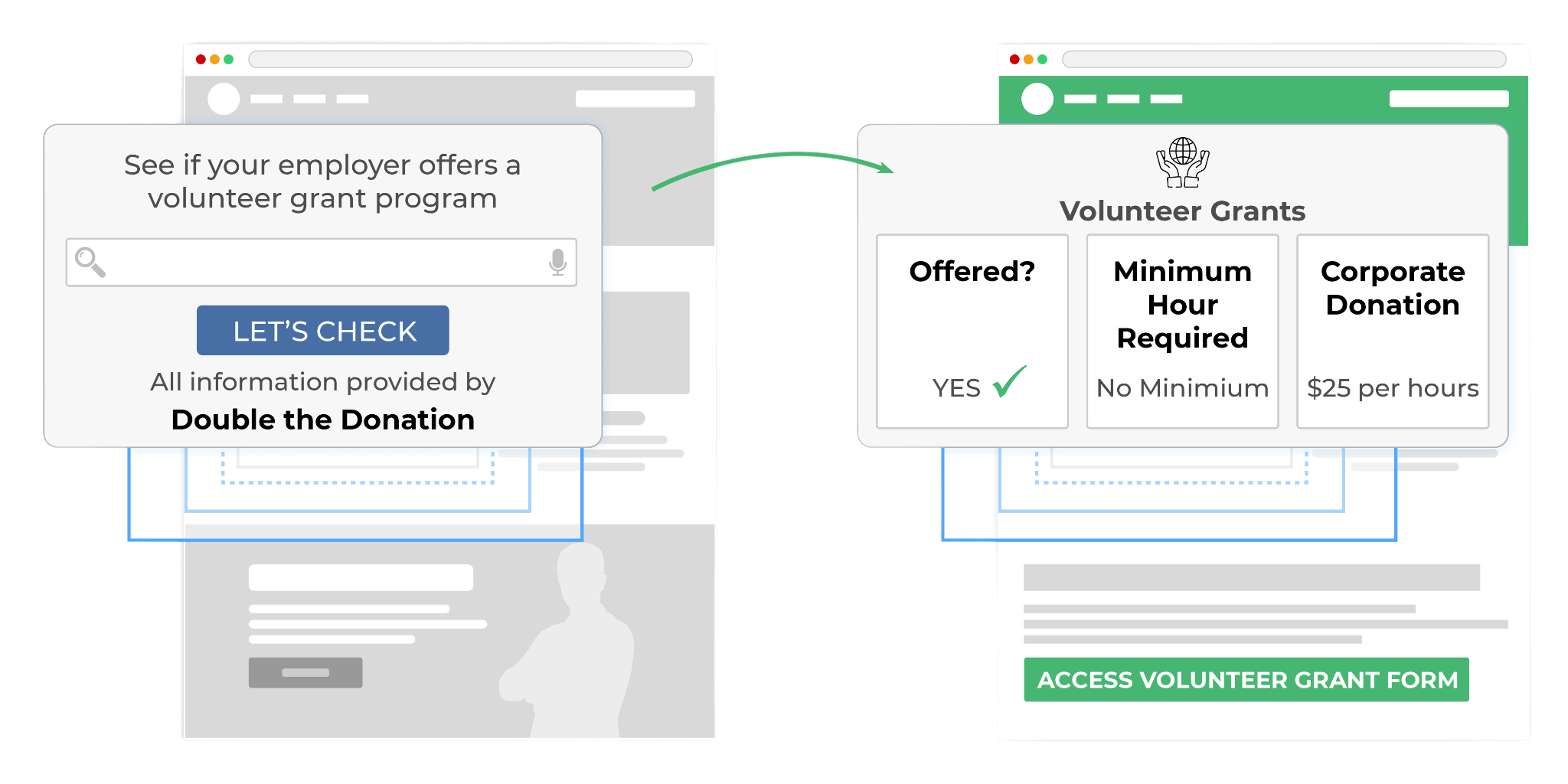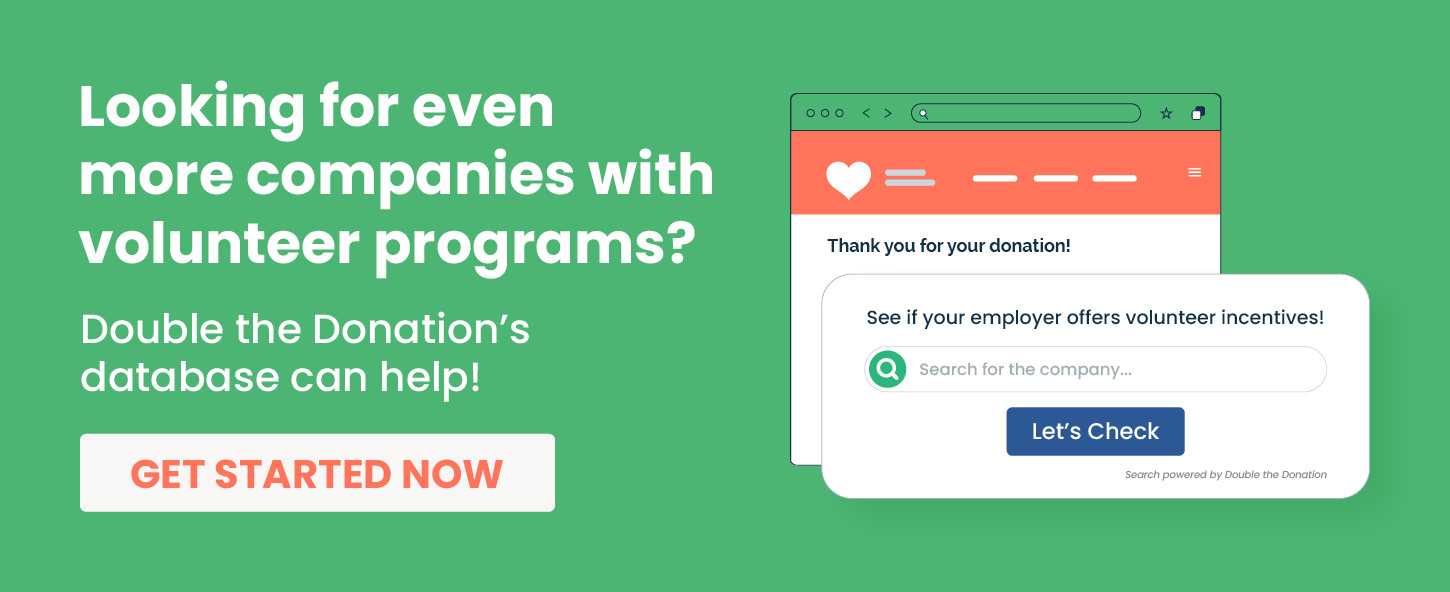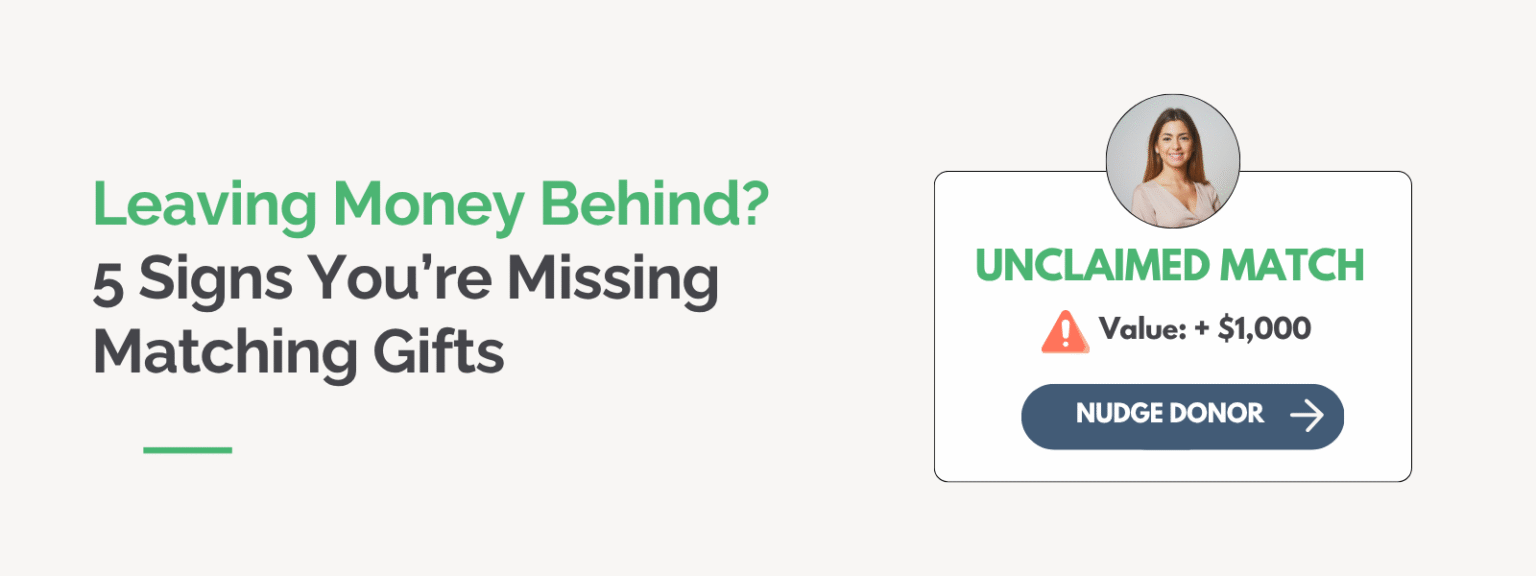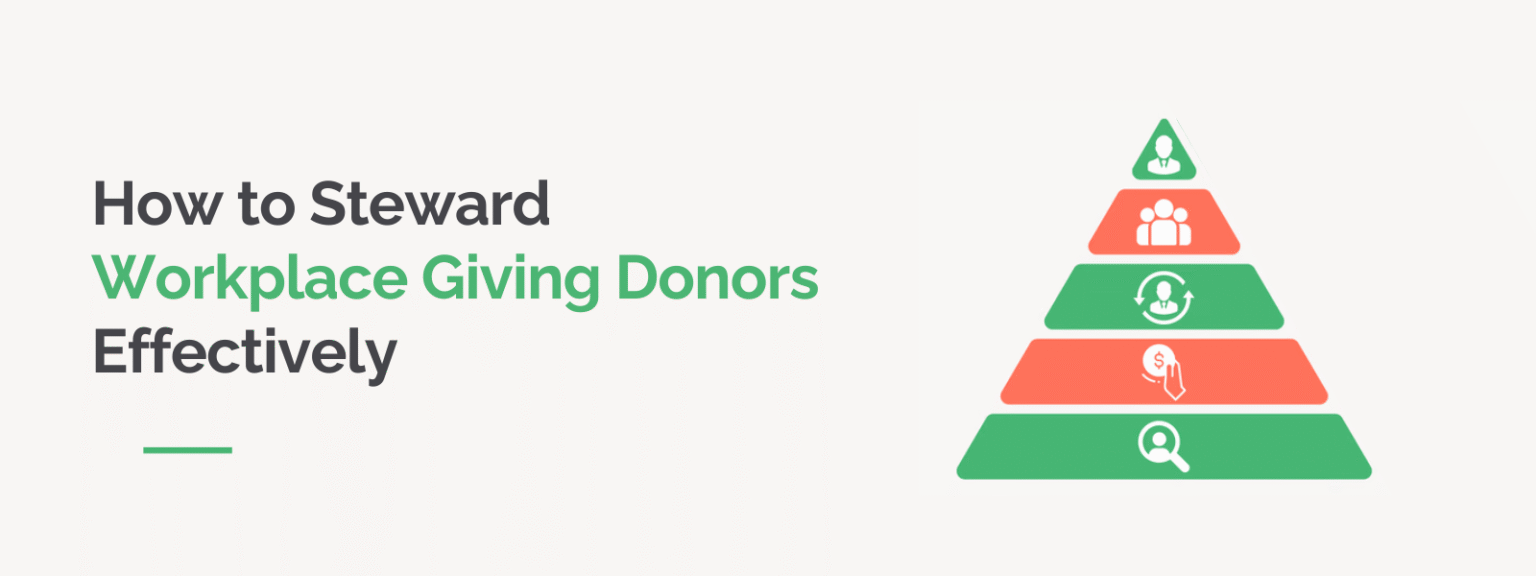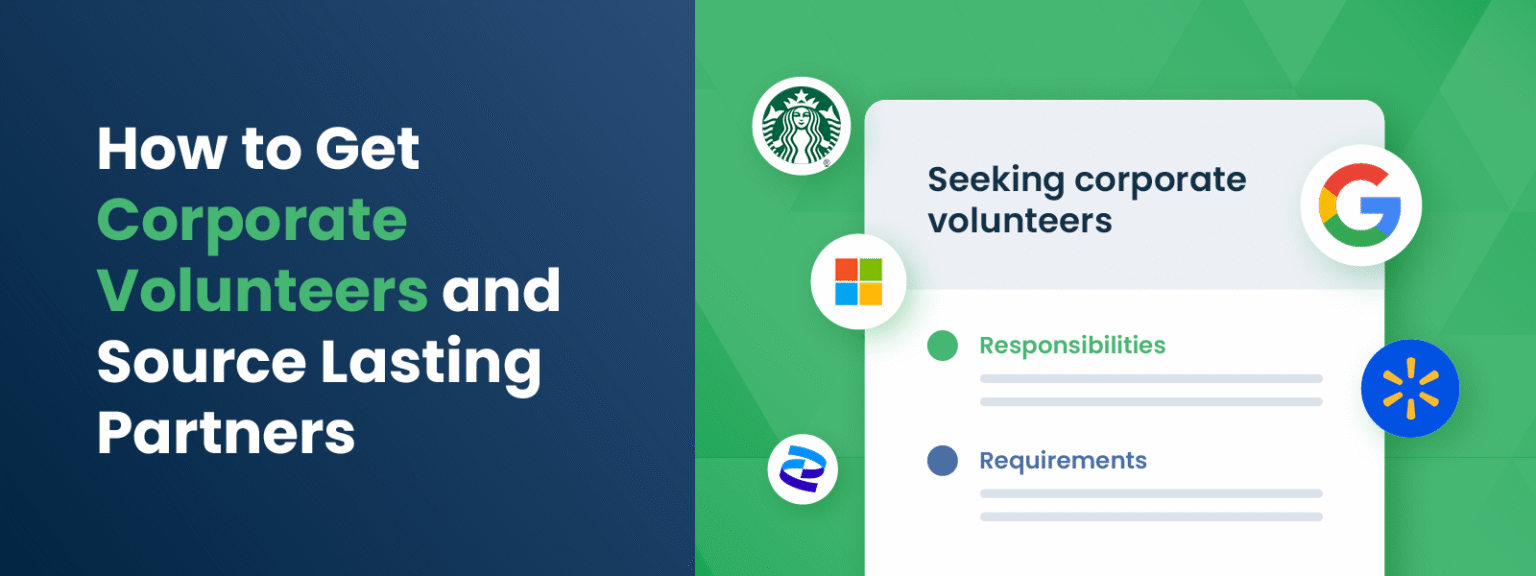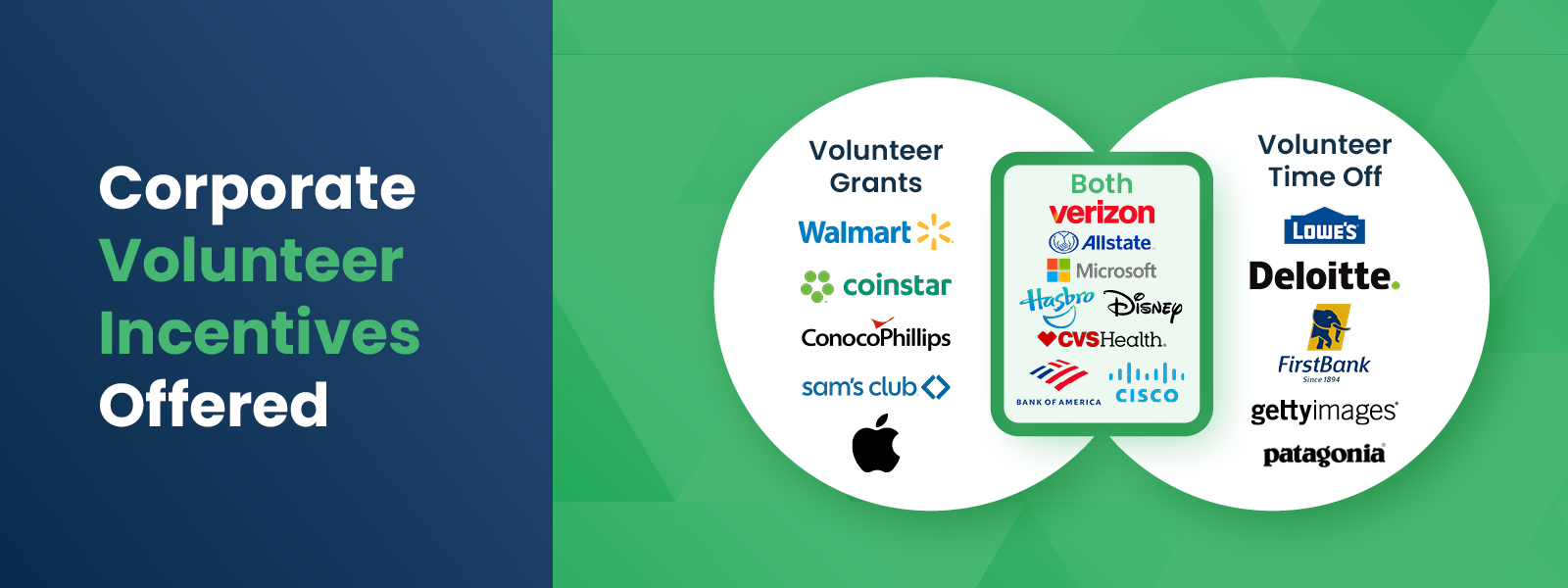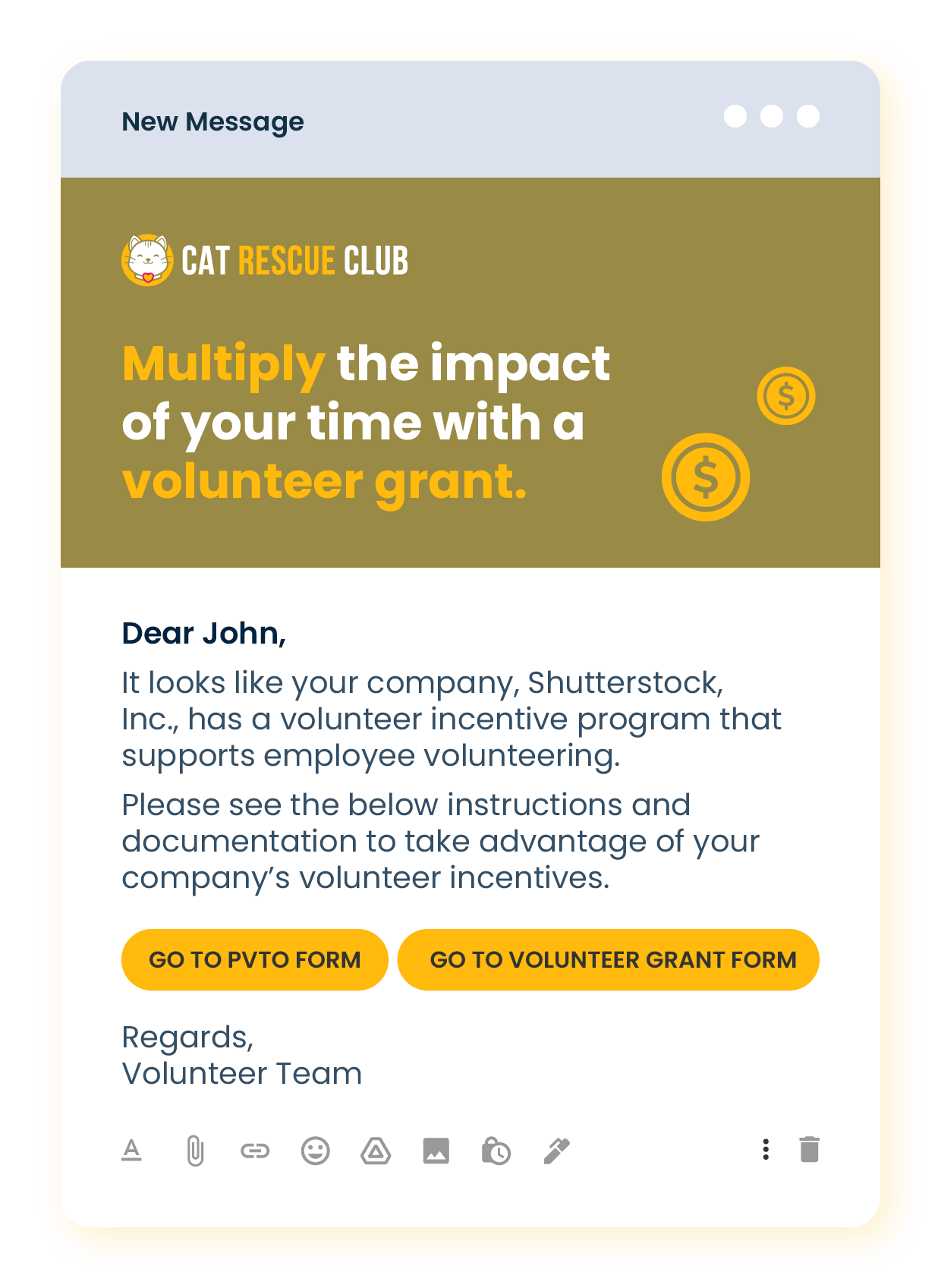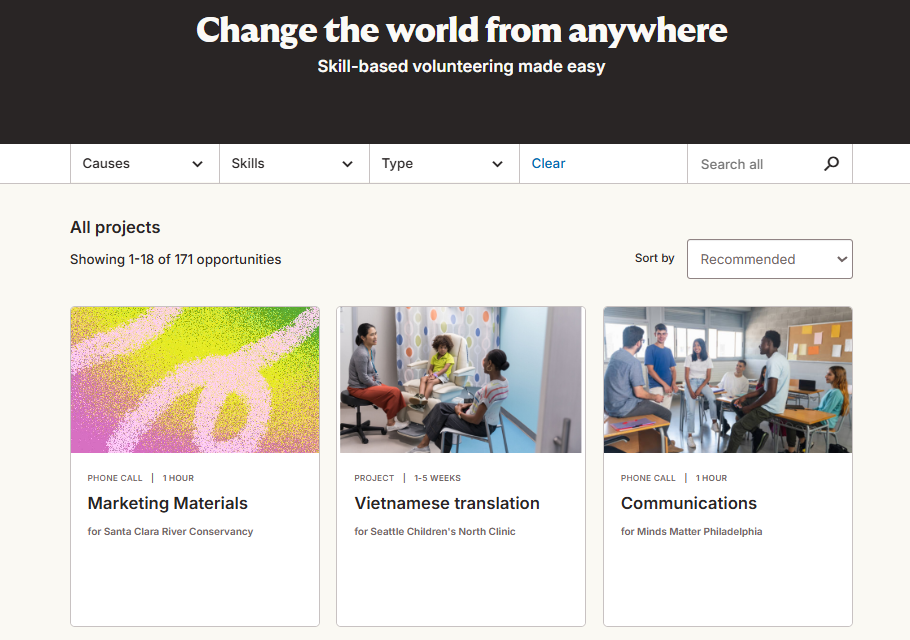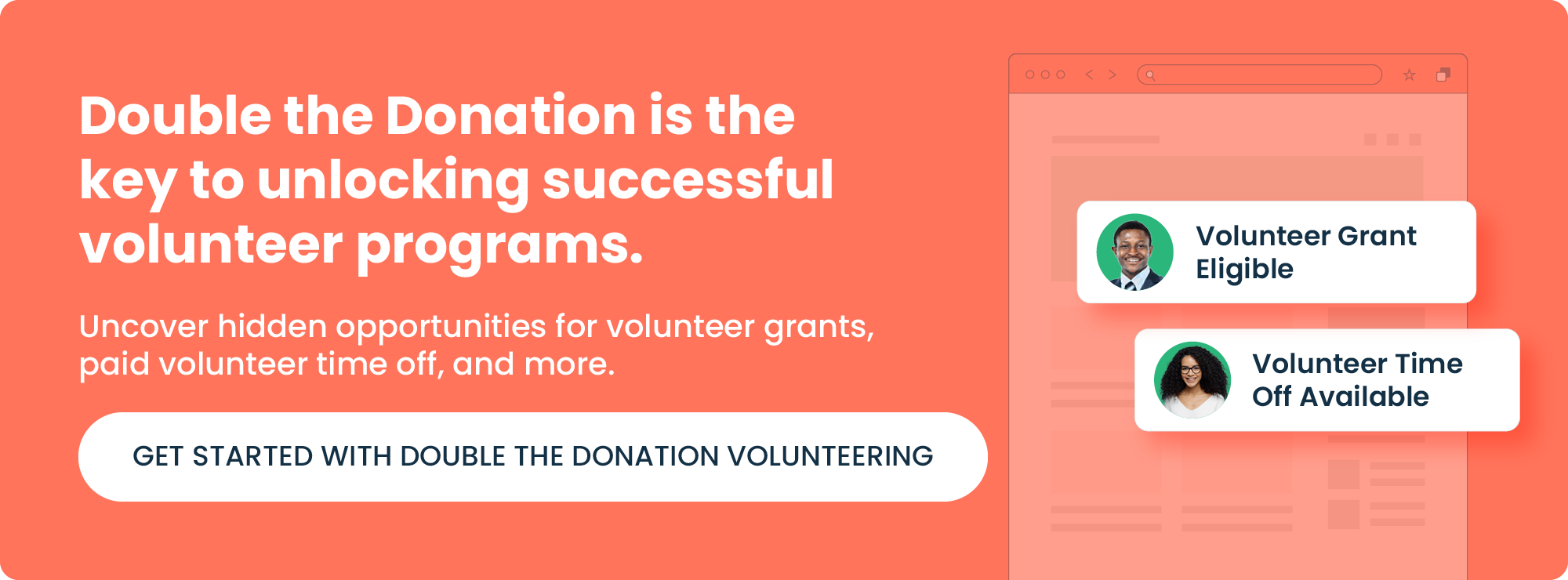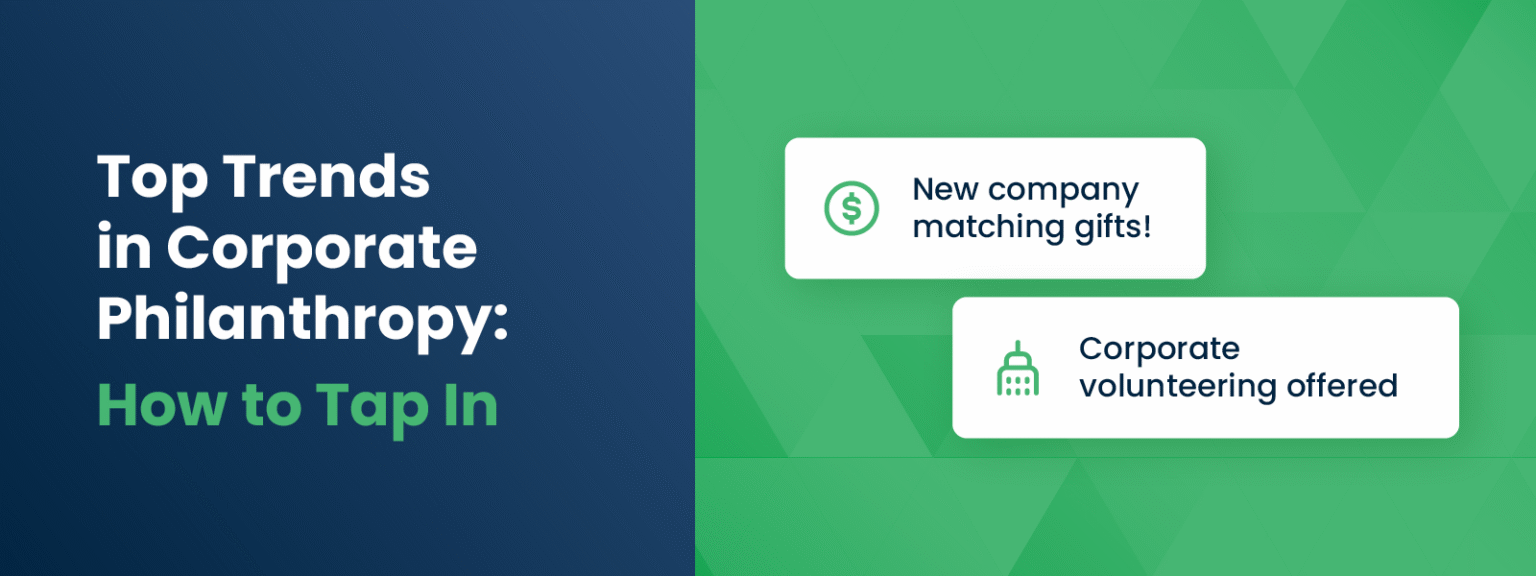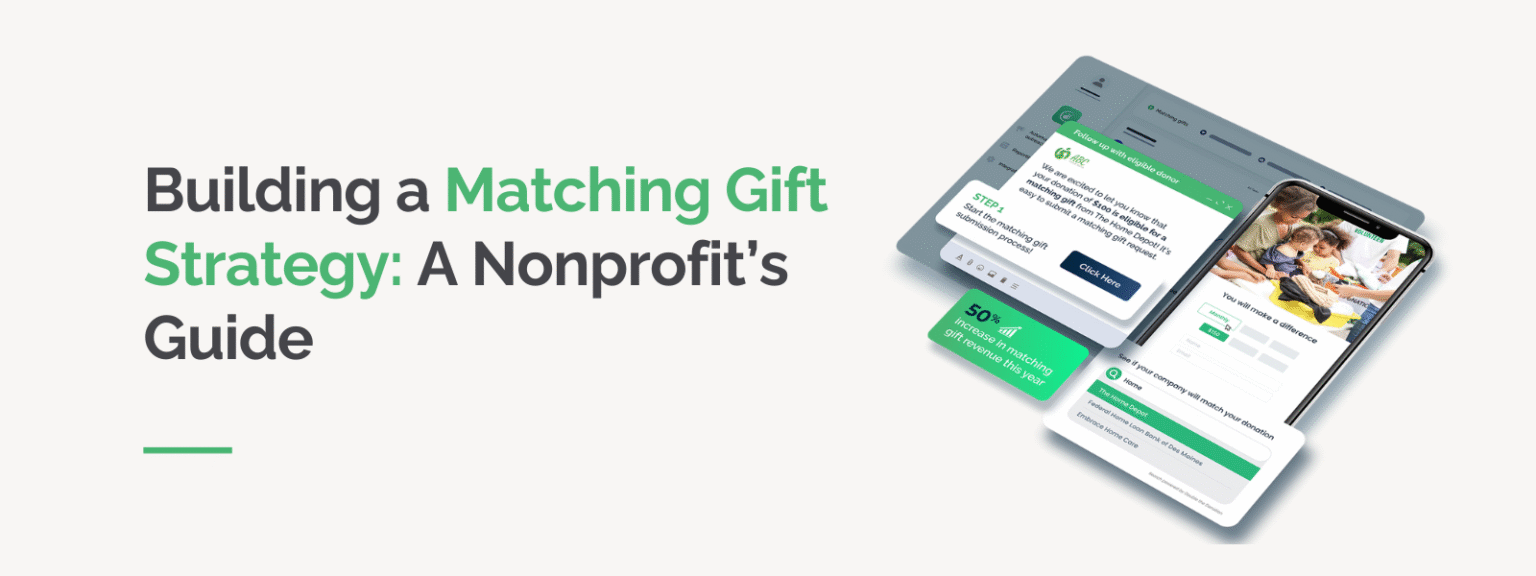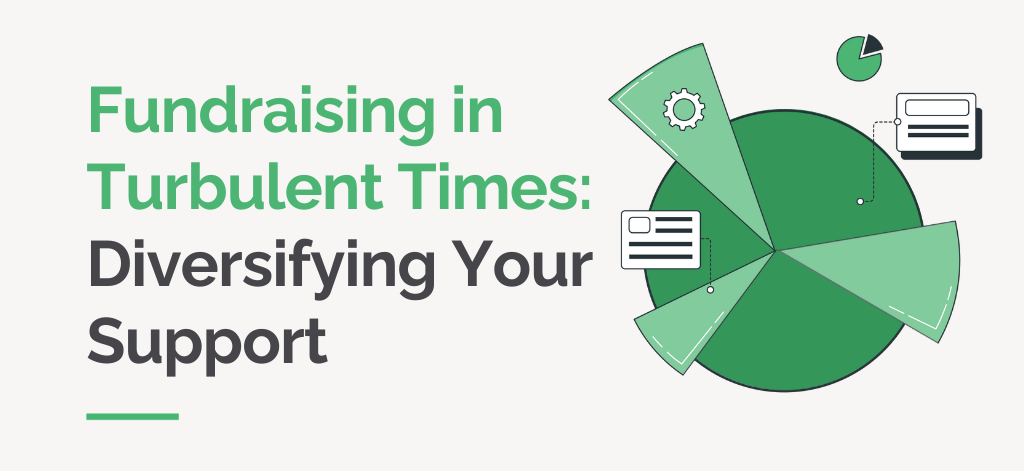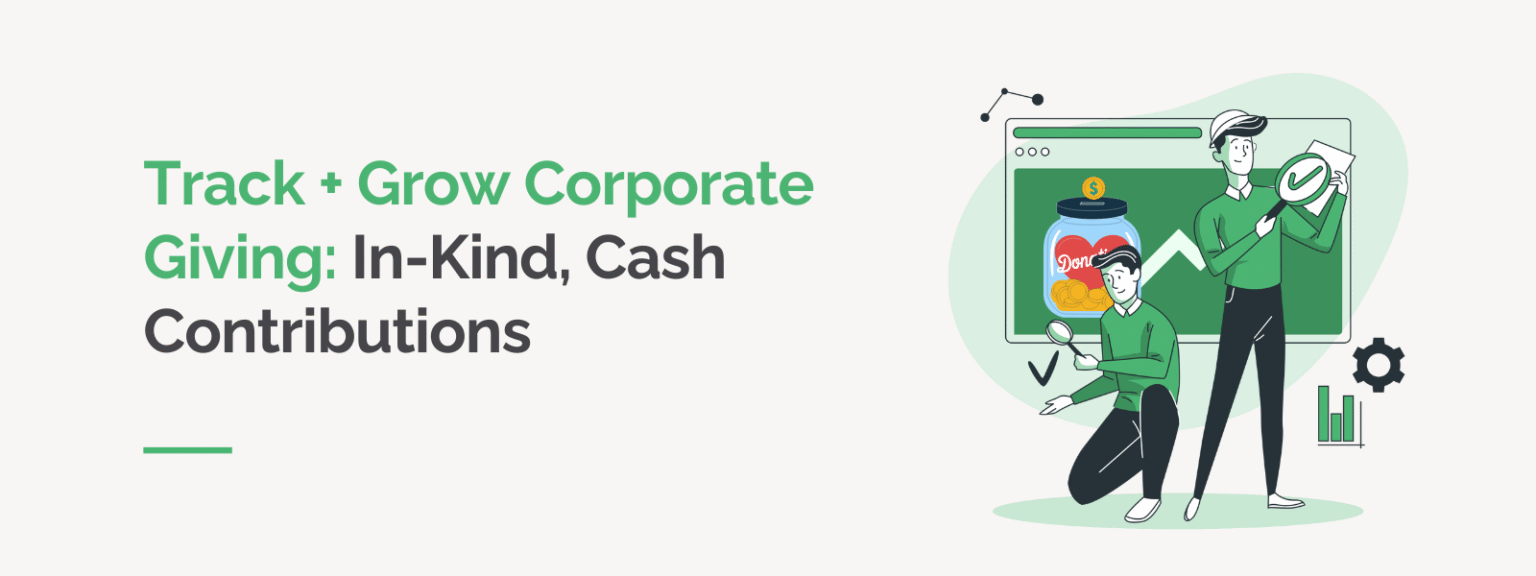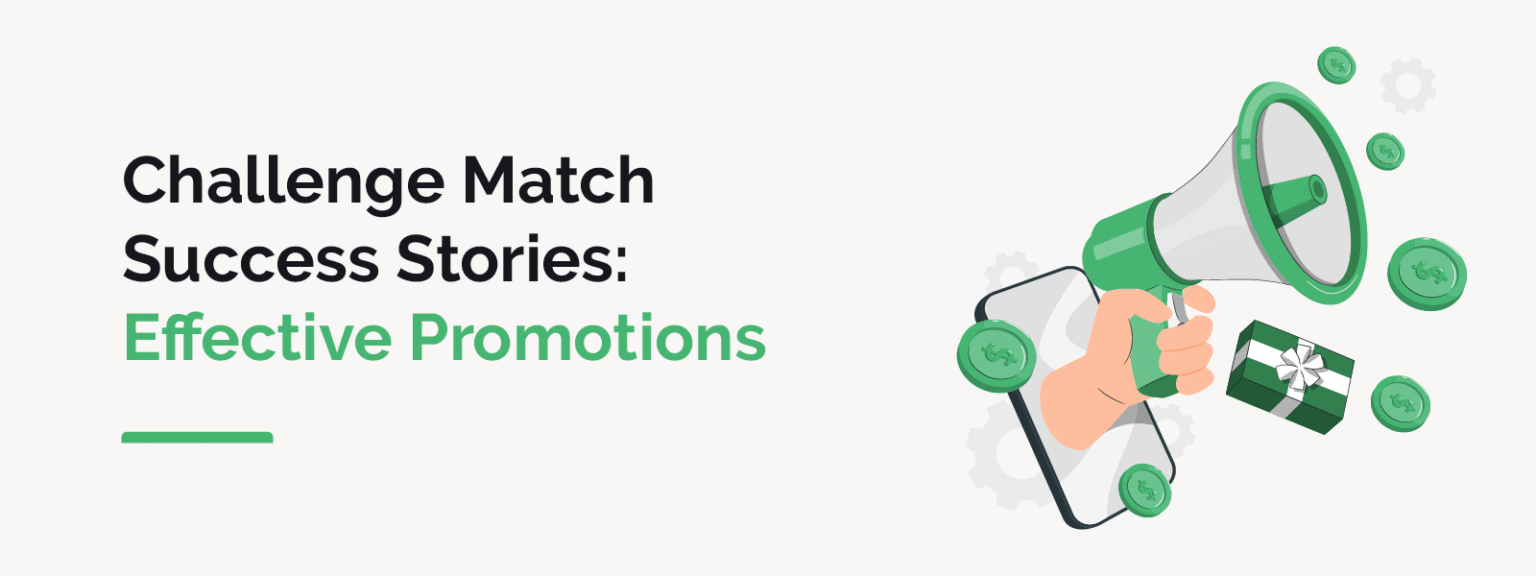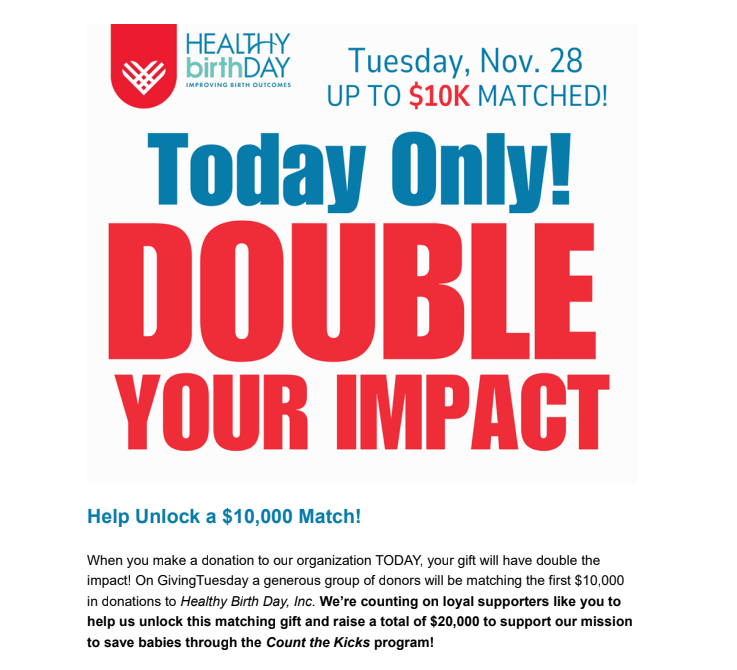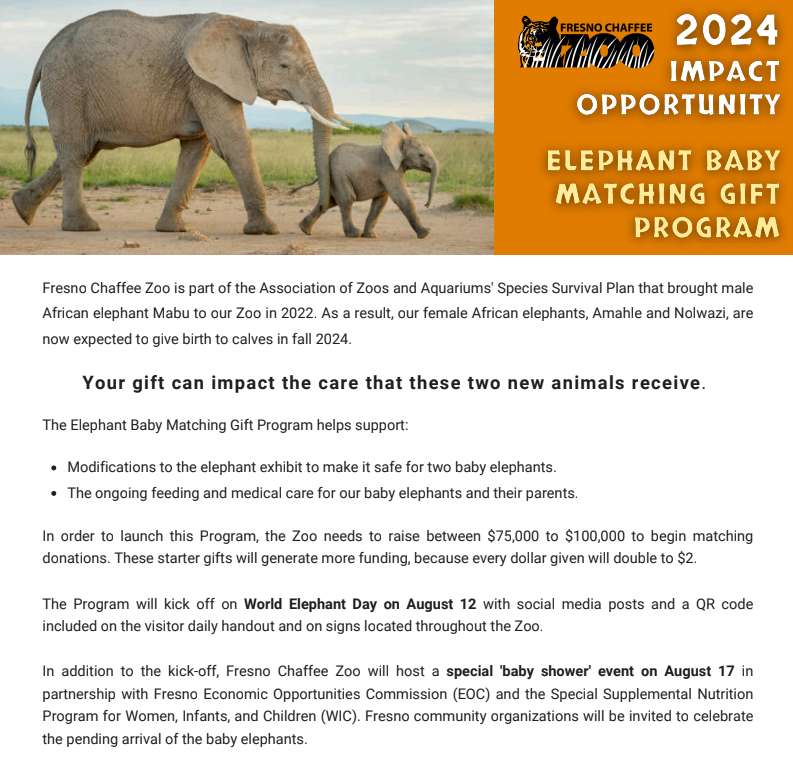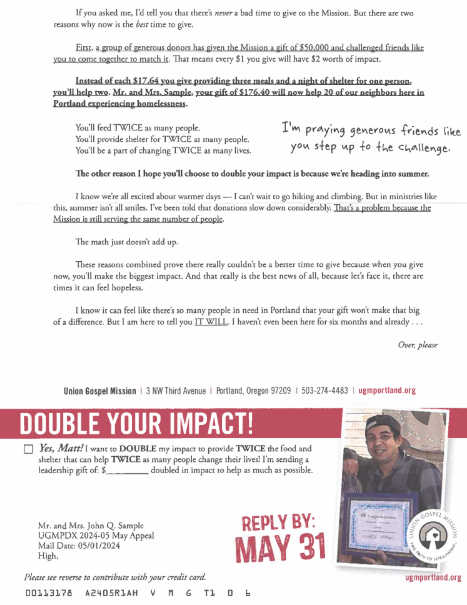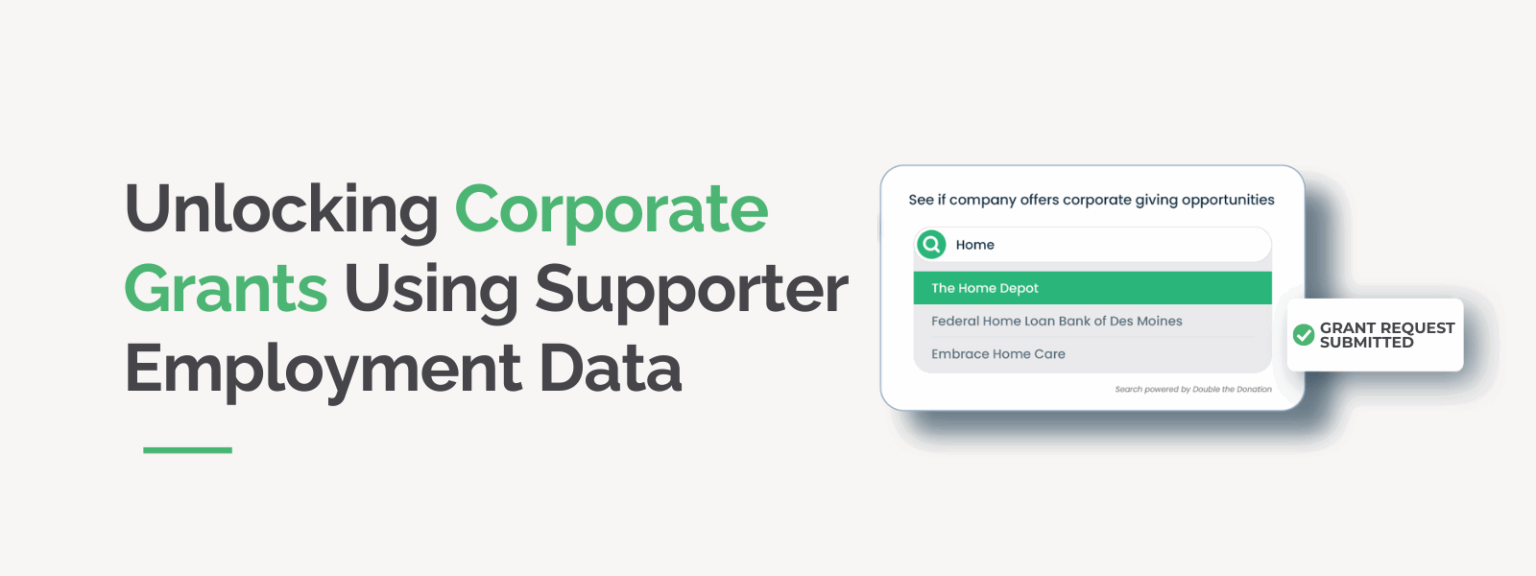Companies in LA that Offer Powerful Volunteer Initiatives
Los Angeles, a sprawling metropolis known for its vibrant culture and economic dynamism, is also a significant hub for corporate philanthropy and volunteerism. The city’s diverse business landscape, ranging from entertainment giants to tech innovators, creates a fertile environment for impactful volunteer initiatives. As a result, many companies headquartered or operating in LA have embraced corporate social responsibility by implementing robust volunteer programs that benefit both their employees and the community.
These volunteer initiatives not only foster employee engagement but also provide nonprofits with valuable resources through volunteer grants and paid volunteer time off. As a result, nonprofits in LA can leverage these programs to amplify their missions and deepen community impact. Understanding which companies offer these opportunities and how their programs work is essential for organizations seeking to maximize support from the local corporate sector.
In this guide, we’ll walk you through:
- What to Know About Major LA Companies in the Corporate Volunteer Space
- Top Companies in LA That Offer Volunteer Grant Programs
- Leading LA Companies That Provide Volunteer Time Off
- Exploring More LA Volunteer Programs with a Workplace Philanthropy Database
As we dive deeper into the corporate volunteer landscape in Los Angeles, it’s important to recognize the tremendous opportunities that exist for nonprofits. With many companies offering robust volunteer programs, the potential for nonprofits to partner with businesses in LA has never been greater. Lucky for you, this guide will help you navigate the local corporate landscape, uncover valuable opportunities for collaboration, and show you how to tap into the power of corporate philanthropy to enhance your nonprofit’s impact.
Let’s explore the key players in LA’s corporate volunteer space and the programs they offer to help you make the most of these valuable resources.
What to Know About Major LA Companies in the Corporate Volunteer Space
Los Angeles stands as the second-largest city in the United States by population and ranks among the top metropolitan economies globally. Its significance as a business and nonprofit hub cannot be overstated. The city is home to thousands of companies, including a substantial number of Fortune 500 and Fortune 1000 firms. This concentration of corporate power fuels a thriving economy that spans entertainment, technology, finance, healthcare, and manufacturing sectors.
LA’s diverse industries contribute to a rich culture of corporate philanthropy. Many companies headquartered here recognize the importance of giving back to the community and have developed comprehensive corporate volunteer programs. These initiatives often include volunteer grant programs, where companies provide financial donations to nonprofits based on employees’ volunteer hours, and Volunteer Time Off (VTO) policies, which allow employees to take paid time off to volunteer.
The presence of such programs reflects the city’s commitment to social responsibility and community engagement. Nonprofits in LA benefit greatly from this ecosystem, as corporate volunteer programs provide both financial support and increased volunteer capacity. Understanding the landscape of corporate volunteerism in LA is crucial for nonprofits aiming to build partnerships and secure funding through these initiatives.
Top Companies in LA That Offer Volunteer Grant Programs
Volunteer grant programs are a powerful way for companies to support nonprofits by providing financial donations based on employees’ volunteer hours. In Los Angeles, several leading companies have established such programs, enabling nonprofits to receive additional funding while encouraging employee volunteerism. Below is an overview of some of the top companies in LA with volunteer grant programs and how their initiatives work.
Disney
The Walt Disney Company, a global leader in entertainment headquartered in Burbank, CA, offers a comprehensive volunteer grant program. Disney employees who volunteer a minimum number of hours, typically around 10 hours per calendar year, can request a grant to be awarded to the nonprofit they serve. The program is open to full-time and part-time employees, with grant amounts often ranging up to $500 per employee annually.
Disney’s volunteer grant program encourages a wide variety of volunteer activities, including community service, education, and environmental projects. Grants can usually be submitted multiple times per year, allowing employees to support several organizations. This program not only incentivizes volunteerism but also helps nonprofits secure additional funding tied directly to employee engagement.
Learn more about the program here!
Microsoft
Microsoft, a technology giant with a significant presence in the LA area, offers a robust volunteer grant program known as the Employee Giving Program. Eligible employees who volunteer at least 15 hours per year can request grants for their nonprofit organizations. The grants typically range from $500 to $1,000, depending on the employee’s role and tenure.
Microsoft’s program supports a broad spectrum of volunteer activities, including STEM education, community development, and environmental sustainability. Employees can submit grant requests quarterly, and the company often matches volunteer hours with financial contributions, amplifying the impact of employee efforts. This program is designed to foster a culture of giving and community involvement among Microsoft’s workforce.
Learn more about the program here!
Schneider Electric
Schneider Electric, a global specialist in energy management and automation, headquartered in the LA area, offers a volunteer grant program that rewards employees for their community service. Employees who volunteer a minimum of 10 hours annually are eligible to apply for grants, which can be up to $500 per employee per year.
The program encourages volunteering in areas related to sustainability, education, and community development. Schneider Electric allows employees to submit grant requests twice a year, providing flexibility and multiple opportunities to support nonprofits. This initiative aligns with the company’s commitment to sustainability and social responsibility, making it a valuable resource for nonprofits in LA.
Learn more about the program here!
Adobe
Adobe, a leader in digital media and marketing solutions based in San Jose but with a strong LA presence, offers a volunteer grant program that incentivizes employee volunteerism. Employees who volunteer at least 10 hours annually can request grants of up to $500 for the nonprofits they support.
Adobe’s program includes various volunteer activities, such as arts education, technology access, and community services. Grant submissions are accepted multiple times per year, and the company emphasizes volunteerism as a key component of its corporate culture. Nonprofits partnering with Adobe employees can benefit from these grants to enhance their programs and services.
Learn more about the program here!
Merck & Co
Merck & Co., a global healthcare company with operations in the LA region, offers a volunteer grant program that rewards employees for their time spent volunteering. Employees who complete a minimum of 10 volunteer hours annually are eligible to request grants, typically up to $500 per year.
The program supports a wide range of volunteer activities, particularly those related to health, education, and community welfare. Merck encourages employees to submit grant requests quarterly, providing nonprofits with a steady stream of potential funding. This program reflects Merck’s commitment to improving community health and well-being through corporate philanthropy.
Learn more about the program here!
Google, a major technology company with offices in the LA area, offers an extensive volunteer grant program as part of its broader corporate social responsibility efforts. Employees who volunteer at least 20 hours per year can request grants, which can be as high as $1,000 annually.
Google’s program supports a diverse array of volunteer activities, including education, technology access, and environmental causes. The company allows multiple grant submissions per year and provides additional support through matching gift programs. This comprehensive approach helps nonprofits maximize funding opportunities linked to employee volunteerism.
Learn more about the program here!
Leading LA Companies That Provide Volunteer Time Off
Volunteer Time Off (VTO) programs are another impactful way companies in Los Angeles support community engagement. These programs allow employees to take paid time off specifically to volunteer for causes they care about. Many leading LA companies have embraced VTO policies, recognizing the value of enabling employees to contribute their time without sacrificing income. Below is an overview of some of the top companies in LA offering VTO programs.
Farmers Insurance Group
Farmers Insurance Group, headquartered in Los Angeles, offers a Volunteer Time Off program that provides employees with up to 16 hours of paid time annually to volunteer. The program supports a broad range of volunteer activities, including disaster relief, education, and community services.
Eligibility for the VTO program typically requires employees to be in good standing and have completed a minimum tenure with the company. Farmers Insurance encourages employees to use their VTO to support causes that resonate personally, fostering a culture of giving back. The program also includes opportunities for team volunteering and company-sponsored community events.
Learn more about the program here!
Intuit
Intuit, a financial software company with offices in the LA area, offers a Volunteer Time Off program that grants employees up to 16 hours of paid volunteer time each year. The program is designed to empower employees to engage with nonprofits and community projects that align with their passions.
Intuit’s VTO program includes flexible scheduling options and encourages employees to volunteer in areas such as financial literacy, education, and environmental sustainability. The company also supports employee-led volunteer initiatives and provides resources to help employees find suitable volunteer opportunities. This approach enhances both community impact and employee satisfaction.
Learn more about the program here!
Delta Air Lines
Delta Air Lines, with a significant operational presence in Los Angeles, offers a Volunteer Time Off program that allows employees to take paid time off to volunteer. Employees typically receive up to 16 hours of VTO annually, which they can use to support a variety of nonprofit causes.
The program emphasizes volunteer activities related to community development, disaster relief, and education. Delta encourages employees to coordinate with their managers to schedule VTO and often partners with nonprofits to organize volunteer events. This program reflects Delta’s commitment to social responsibility and community engagement.
Learn more about the program here!
Siemens AG
Siemens AG, a global technology and engineering company with offices in LA, provides a Volunteer Time Off program that grants employees paid time to volunteer. Employees are generally eligible for up to 16 hours of VTO per year, which they can use to support causes aligned with Siemens’ corporate values.
The program supports volunteer activities in areas such as STEM education, environmental sustainability, and community development. Siemens encourages employees to participate in both individual and group volunteer efforts and provides resources to facilitate volunteer engagement. This program enhances Siemens’ reputation as a socially responsible employer and community partner.
Learn more about the program here!
Explore More LA Volunteer Programs with a Workplace Philanthropy Database
While the companies highlighted above represent some of the most prominent volunteer grant and VTO programs in Los Angeles, many more businesses in the city and beyond offer similar initiatives. Nonprofits seeking to maximize their engagement with corporate volunteer programs can benefit greatly from using a workplace philanthropy database like Double the Donation.
Such databases provide comprehensive listings of companies offering volunteer grants, matching gifts, payroll giving, and Volunteer Time Off programs. By leveraging these tools, nonprofits can easily identify additional corporate partners in LA and elsewhere that align with their mission and volunteer needs. This targeted approach helps organizations connect with businesses that are actively investing in community impact through employee volunteerism.
Additionally, many databases offer integration options that embed corporate volunteer program information directly into nonprofit workflows, such as registration forms, volunteer follow-ups, and dedicated volunteer web pages. This seamless integration ensures that volunteers are informed about their eligibility for corporate volunteer grants and can take full advantage of these opportunities.
Wrapping Up & Final Thoughts
Los Angeles is a vibrant city where corporate volunteer initiatives play a crucial role in supporting nonprofits and strengthening communities. The presence of major companies offering volunteer grant programs and Volunteer Time Off policies creates valuable opportunities for nonprofits to secure additional funding and increase volunteer engagement. From entertainment giants like Disney to tech leaders such as Microsoft and Google, these companies demonstrate a strong commitment to social responsibility through their volunteer programs.
Nonprofits in and around LA can leverage these powerful initiatives by understanding the specific requirements and benefits of each company’s program. Exploring workplace philanthropy databases can further expand nonprofits’ access to corporate volunteer programs, helping them identify new partners and streamline volunteer engagement. By actively pursuing these opportunities, nonprofits can boost their impact, deepen supporter relationships, and secure sustainable funding to advance their missions in Los Angeles and beyond.
How Double the Donation Can Elevate Your Corporate Volunteer Strategy
Ready to unlock the full potential of corporate volunteer programs? With Double the Donation’s tools, you can effortlessly capture volunteer grants and employer-sponsored time off, helping you maximize the value of every hour your supporters give.
Don’t miss out on additional funding opportunities that could significantly boost your nonprofit’s revenue. Get started today, and see how easy it is to integrate volunteer incentives into your fundraising strategy. Let Double the Donation help you turn volunteer hours into lasting impact. Request a personalized demo today!

